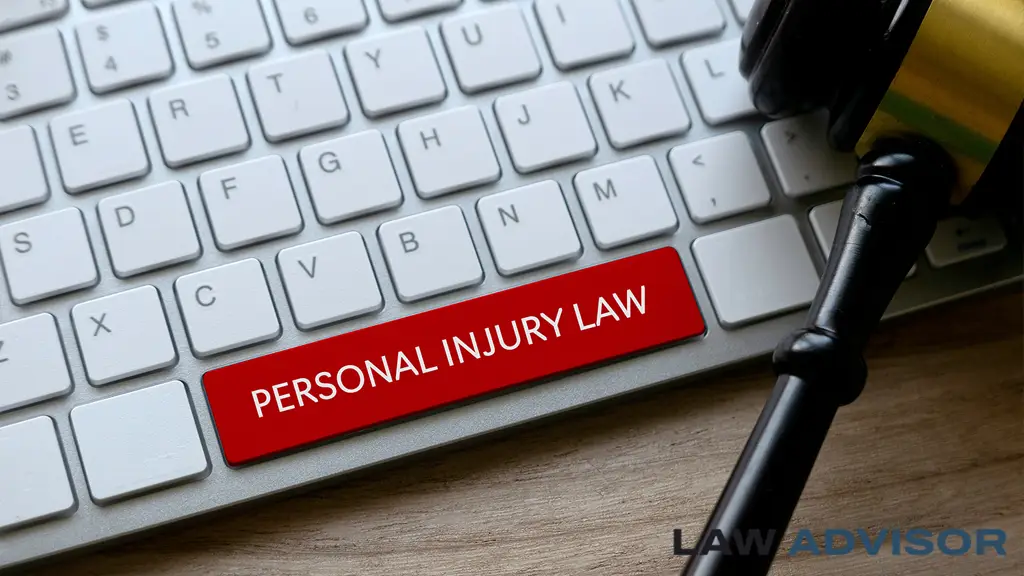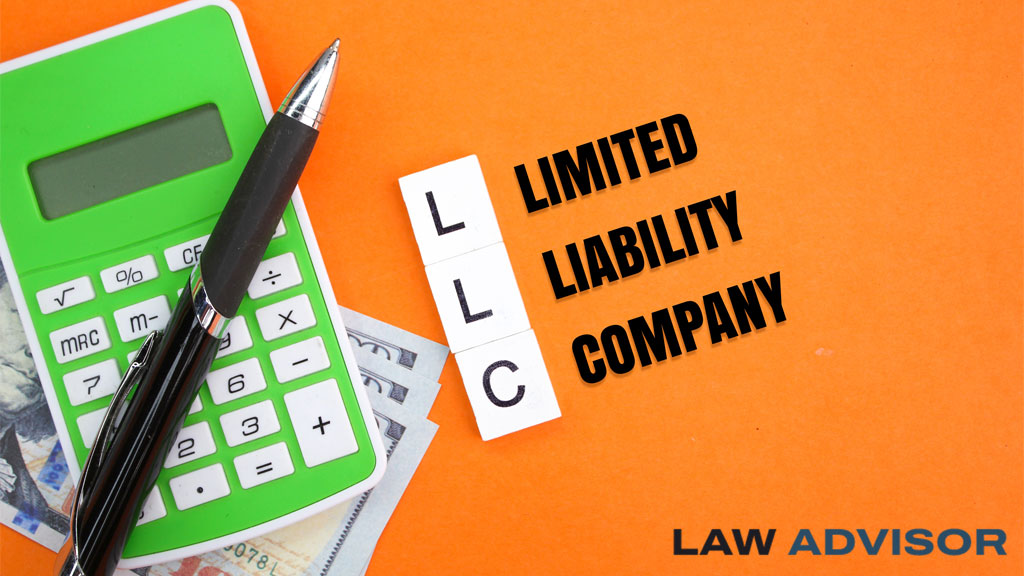🔍 Introduction
When someone is arrested, one of the first legal processes they’ll encounter is the bail process. Understanding how bail works is crucial whether you’re facing charges, supporting a loved one, or just want to know your rights. In this comprehensive, step-by-step guide, we’ll break down everything you need to know about the bail system — from setting bail amounts to posting bail and what happens if someone skips it.
🔒 What Is Bail?
Bail is a set amount of money or property a defendant must pay to be released from custody while awaiting trial. It’s essentially a financial guarantee that the person will return for future court dates.
If the defendant appears in court as required, the bail money is returned. If not, the bail can be forfeited, and a warrant for arrest may be issued.
📜 How Is Bail Determined?
After an arrest, the defendant attends a bail hearing or arraignment. At this point, a judge decides whether to:
- Grant bail
- Deny bail (if the crime is severe or the person is a flight risk)
- Release the person on their own recognizance (no payment required)
Factors the judge considers:
- The severity of the alleged crime
- Defendant’s criminal history
- Risk of fleeing
- Community ties (job, family, residence)
📝 Types of Bail
There are several forms of bail:
- Cash Bail: Full bail amount is paid in cash.
- Bail Bond: Paid through a bail bondsman, typically for a fee (usually 10-15% of the total bail).
- Property Bond: Property is pledged as collateral.
- Own Recognizance (OR): No payment — the defendant promises in writing to return to court.
💸 Step-by-Step Bail Process
Step 1: Arrest and Booking
The individual is arrested, taken to jail, and processed (photographed, fingerprinted, and charged).
Step 2: Bail Hearing
The judge reviews the case and decides whether to set bail and at what amount.
Step 3: Posting Bail
If bail is granted, the defendant or a loved one can post bail in one of the ways mentioned earlier.
Step 4: Release From Jail
Once bail is posted, the jail processes the paperwork and releases the individual — typically within a few hours.
Step 5: Court Appearances
The defendant must appear at all scheduled court dates. Failing to do so can result in forfeiture of bail, issuance of a warrant, and additional charges.
⚖️ What Happens If You Skip Bail?
If a defendant fails to appear in court:
- Bail money or collateral is forfeited
- A bench warrant is issued for arrest
- The bail bond company may hire a bounty hunter to locate the defendant
Skipping bail can also lead to extra criminal charges like contempt of court.
📊 Average Bail Amounts in the U.S.
| Type of Crime | Average Bail Amount |
|---|---|
| Misdemeanor | $500–$2,500 |
| Felony | $5,000–$50,000+ |
| Violent or High-Profile Crime | $100,000+ |
Note: These are rough averages and vary by state.
🛡️ Can Bail Be Denied?
Yes. If a judge believes:
- The defendant is a danger to the public
- There’s a significant risk of fleeing
- The crime committed is extremely serious
Then bail can be denied and the defendant must remain in custody until trial.
💡 Pro Tips
- Always attend your scheduled court dates to avoid bail forfeiture.
- If using a bail bond company, understand all fees and obligations.
- Ask your attorney if you qualify for a bail reduction hearing if the bail amount is too high.
📚 Final Thoughts
The bail process is an essential part of the U.S. legal system, balancing a defendant’s right to freedom before trial with ensuring court appearance. Whether you’re helping someone navigate the process or understanding your own rights, being informed can make a difficult situation a little easier.










